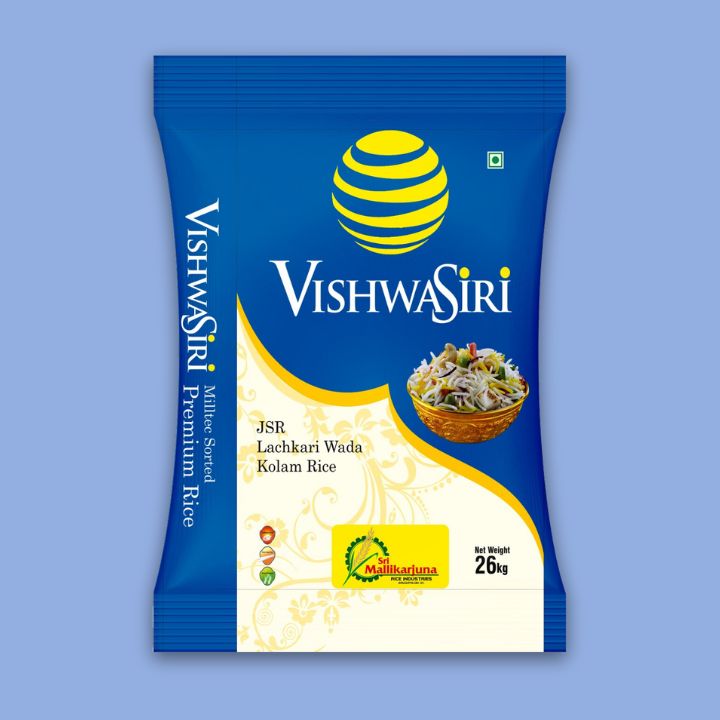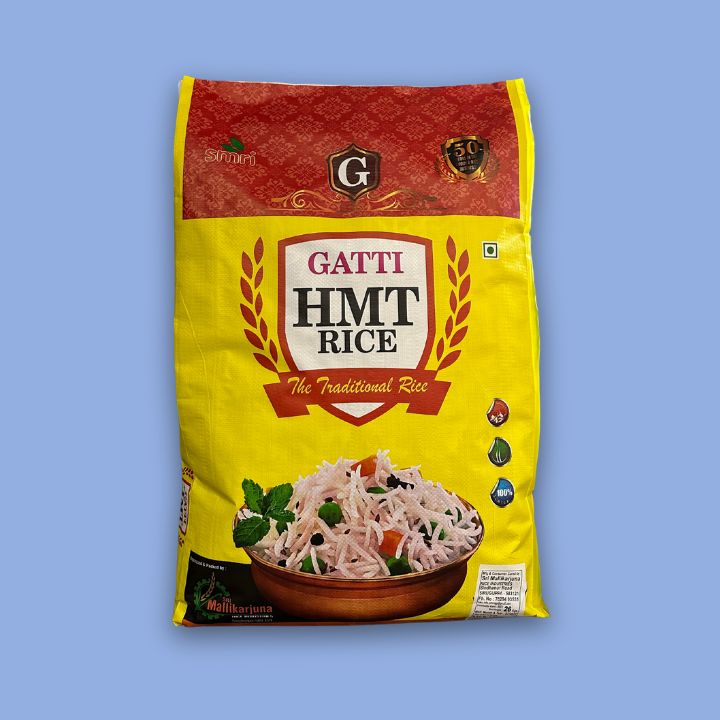Low GI Rice
 What is Low-Gi Rice
What is Low-Gi RiceLow glycemic index rice—a desired trait in starchy staples
Low GI rice refers to varieties of rice that have a lower glycemic index (GI) compared to regular white rice. These types of rice are digested and absorbed more slowly, causing a slower and steadier rise in blood sugar levels. Examples of low GI rice include basmati rice, brown rice, wild rice, and some varieties of whole grain rice. Including these options in your diet can help maintain more stable blood sugar levels and provide sustained energy throughout the day.
The Glycemic Index(GI) in foods
 Benefits
BenefitsBenefits of Low GI rice
Blood sugar management
Low GI rice has a slower and more gradual impact on blood sugar levels compared to high GI foods, it helps regulate blood glucose levels, preventing spikes and crashes.
Sustained energy release
The slow digestion and absorption of carbohydrates in low GI rice provide a steady and sustained release of energy, this can help maintain energy levels throughout the day.
Digestive health
Low GI rice varieties, such as brown rice, are typically higher in fiber which aids in promoting a healthy digestive system.
Nutritional value
Low GI rice retains more of the natural nutrients found in the rice grain. It is a good source of carbohydrates, B vitamins, minerals like magnesium and potassium, and dietary fiber.
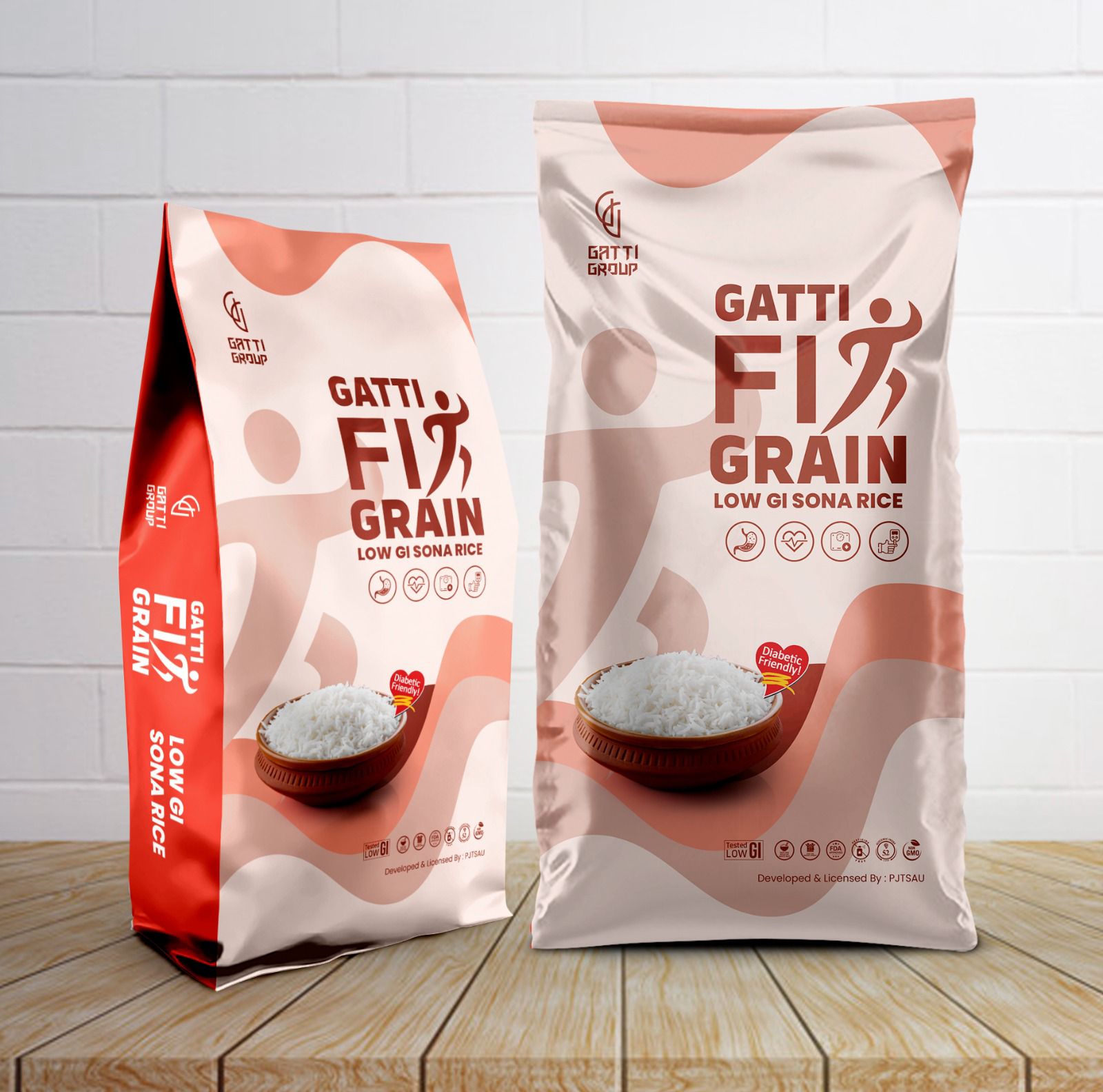
Low GI Rice in Markets
 What We Offer
What We Offer
Best Quality & Low GI Rice
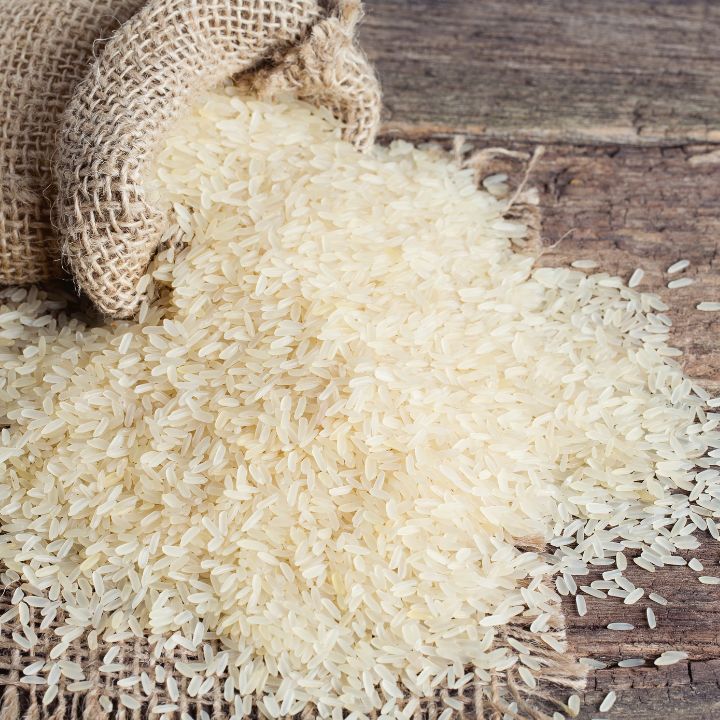
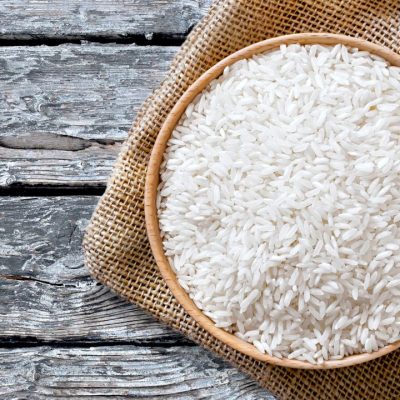
 Clinically Proven
Clinically ProvenFitgrain Low GI rice has been scientifically validated to have a low glycemic index (GI).
Why Low GI is better than highre GI
According to the report in the Economic Times, low GI rice could help to "keep diabetes at bay" by slow release of sugar in the blood, according to the research study conducted by IRRI and Australia's CSIRO (Commonwealth Scientific and Industrial Research Organisation).
Key fiindings & conclusions
By incorporating genetic modifications to develop rice varieties with low to moderate glycemic index (GI), and implementing a diverse diet plan consisting of well-balanced portions of macronutrients with low GI foods, enhanced nutrient density, and dietary fiber, we can adopt a multidisciplinary approach to effectively tackle the increasing nutritional challenges associated with the double burden.
 Benefits
BenefitsMemorandum of Agreement (MOA)


 News Articles
News Articles


